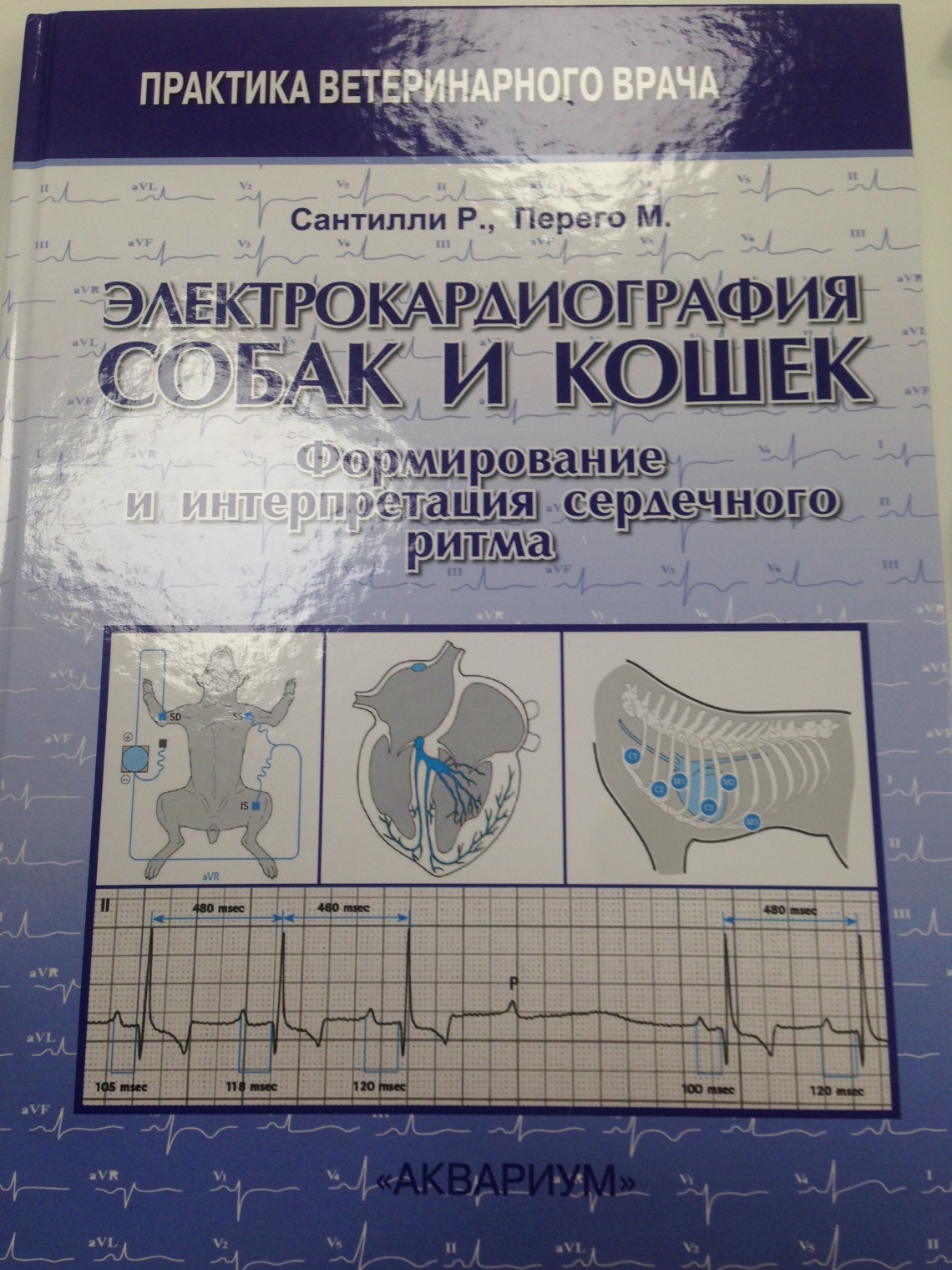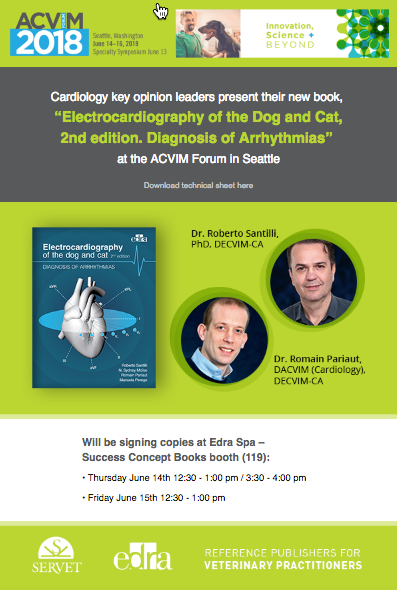Author Archive
For roberto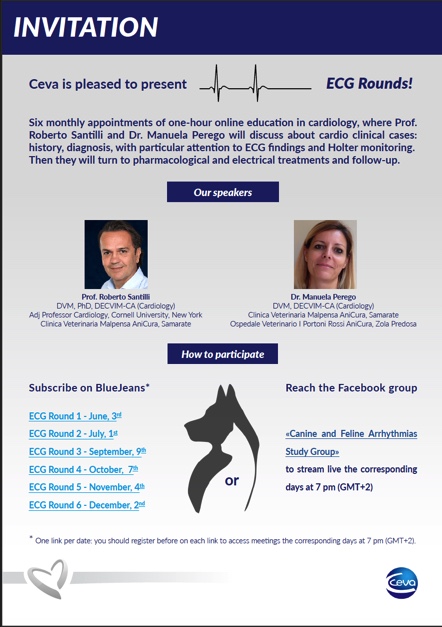
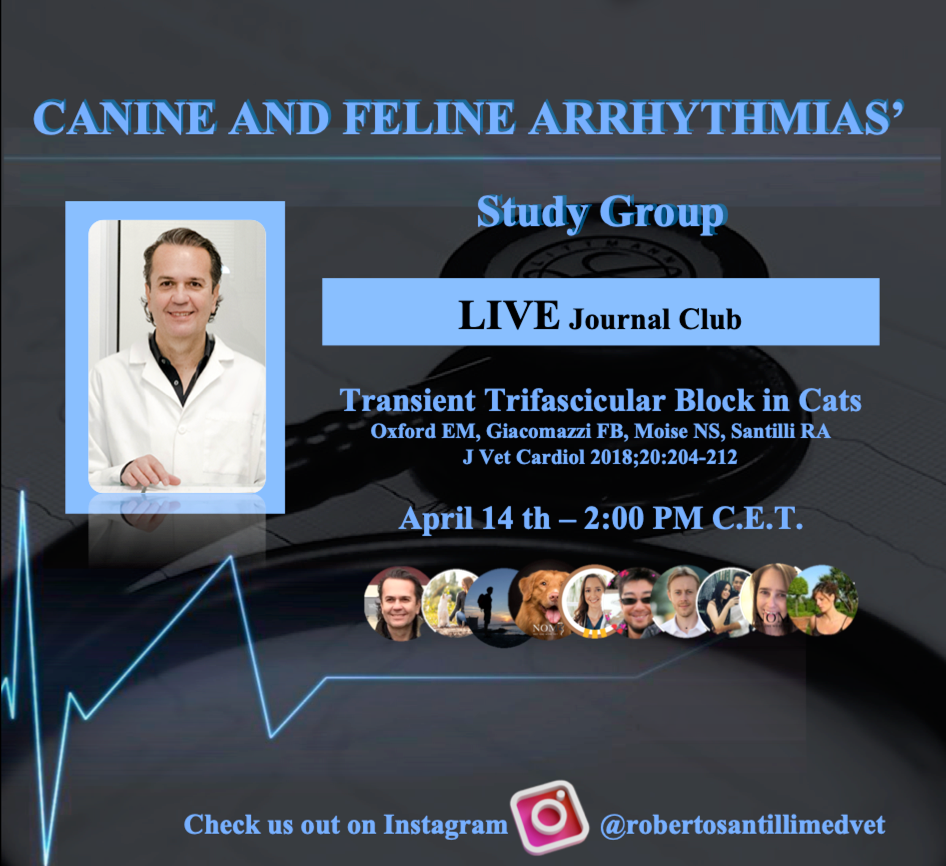
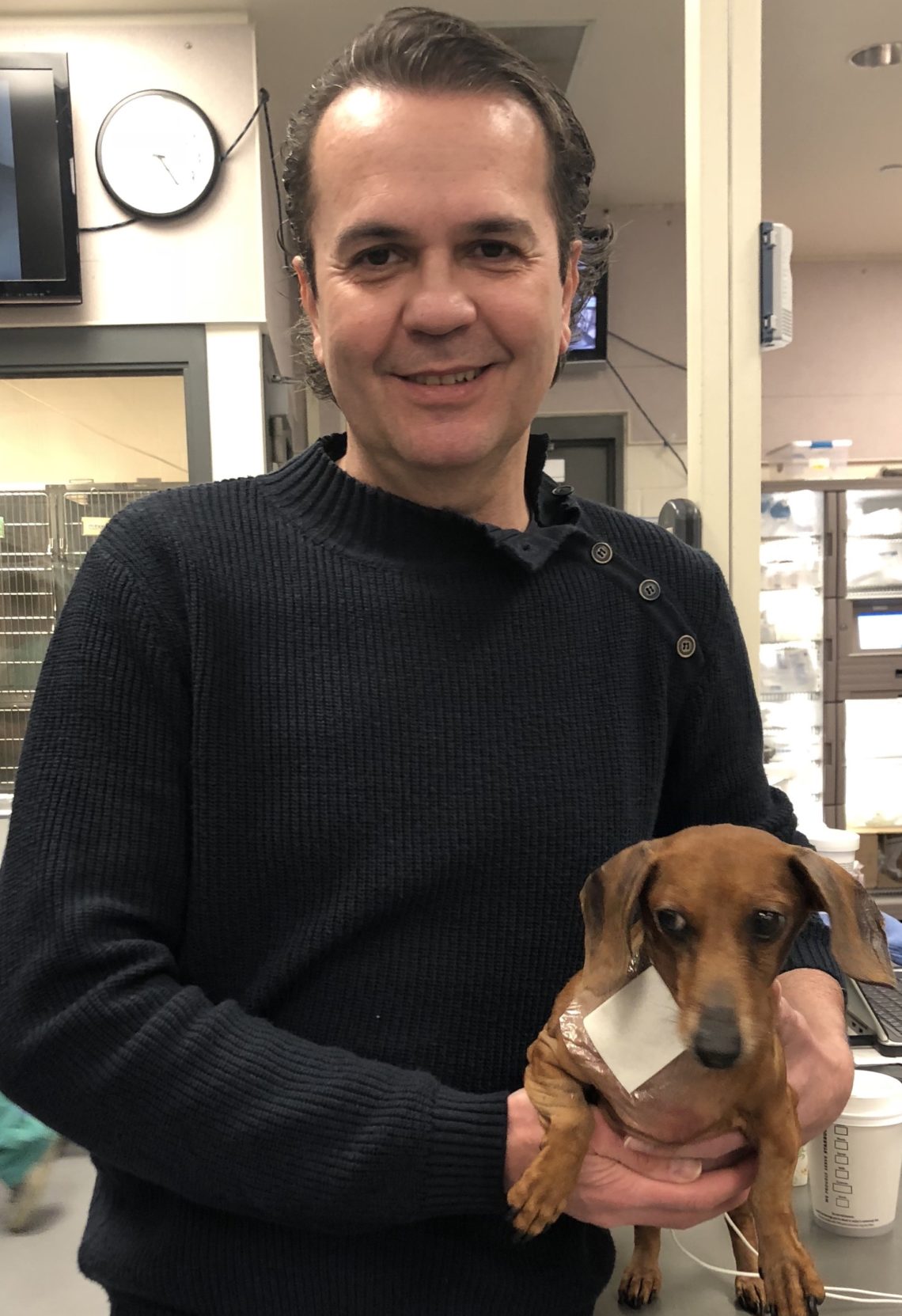
Ruby is a tiny dog with a big problem. In the span of nine months, the nine-year-old miniature Dachshund has been hospitalized 18 times. Now she’s on an operating table at the Cornell University Hospital for Animals, in a final attempt to mend her faulty heart. Dr Roberto Santilli and Dr Romain Pariaut successfully treated her with radiofrequency catheter ablation. Read Ruby’s Story
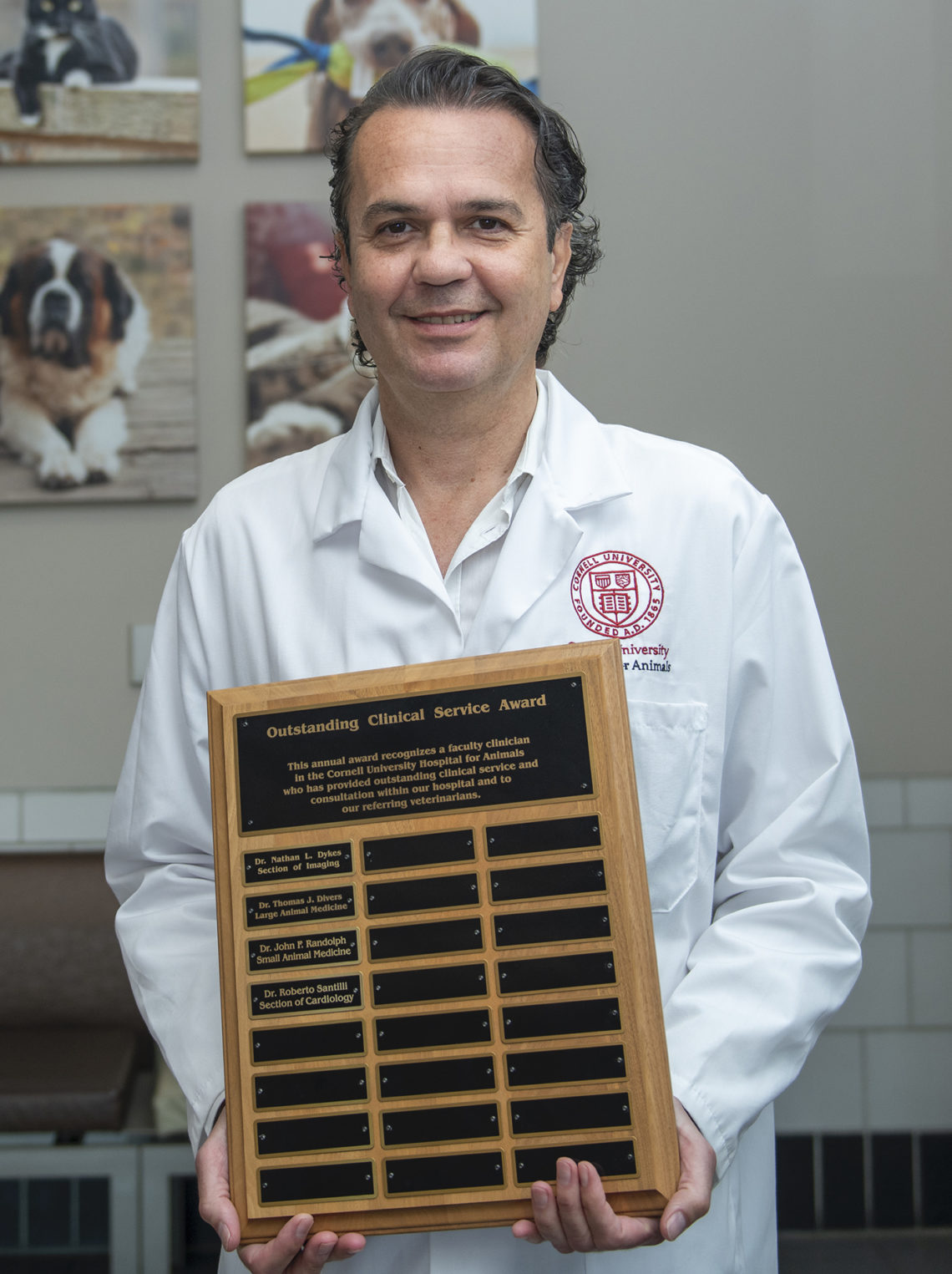
This month dr Roberto Santilli Adjunct Professor of Cardiology at the Cornell University College of Veterinary Medicine received the annual award that recognized a faculty clinician in the Cornell University Hospital for Animals who has provided outstanding clinical service and consultation within the hospital and to the referring veterinarians.
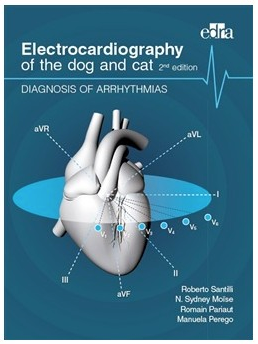
The new ECG book is now available online:
US, UK, Canada and Oceania: US Amazon store, UK Amazon store, EV distribution; ASIS store, ebay.com
Italy: Amazon store, EV distribution store, ebay.it
Spain: Amazon store, ASIS store, Vuestros libros.
Japan: Amazon Store.
Asia, Latin America and Africa: Amazon store
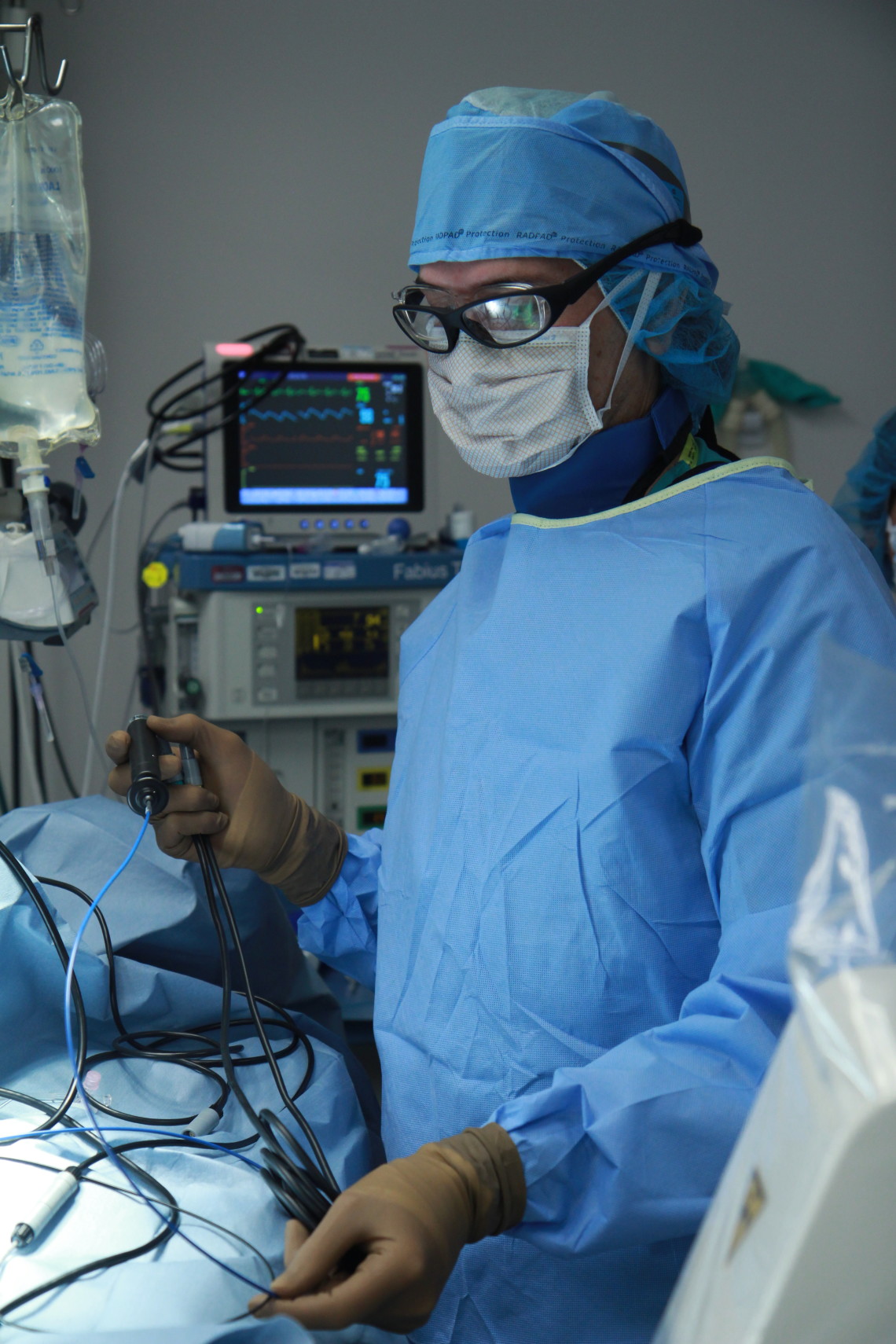
Veterinarians from three countries joined forces with Cornell University Hospital for Animals (CUHA) to save a young German shepherd’s life after a bundle of tissue in his heart turned deadly. At six months old in 2017, Rex was by far the calmest dog the Silverman family of New York City had ever owned. Dr Roberto Santilli and Dr Romain Pariaut performed a successful radiofrequency catheter ablation of a mid-septal accessory pathway maintaining a fast reciprocating tachycardia (> 300 bpm).“Now all he does is run,” said Silverman. “He finally has the energy to play.”Rex, still not even a year old, can now enjoy puppy life to the fullest. In honor of his successful recovery and the surgeons who made it possible, the Silvermans partnered with the cardiology team to create the Henry and Karen Silverman Initiative to Advance Treatment of Canine Arrhythmias.
For reviewing the complete story visit Cornell Chronicle.
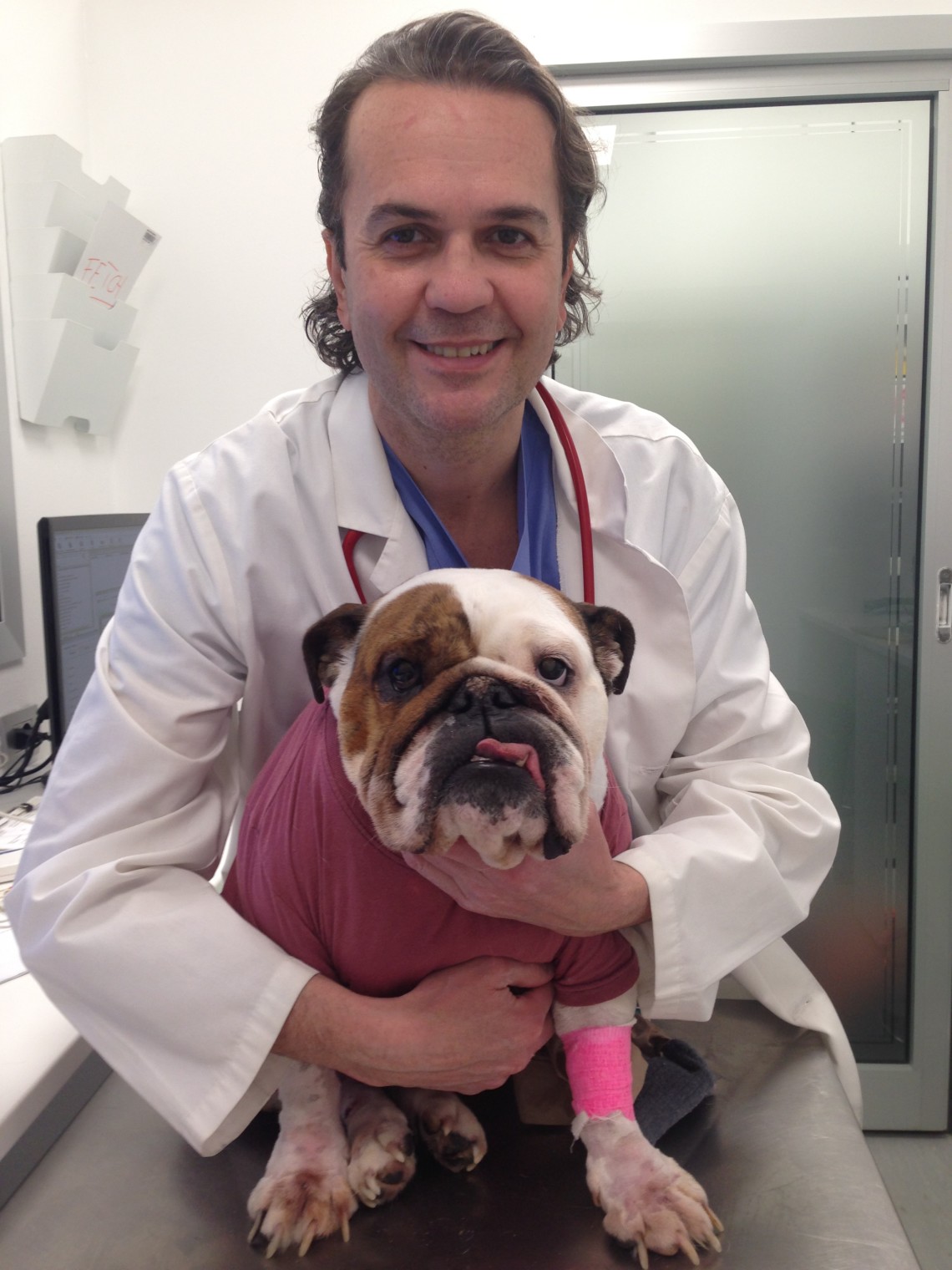
Matilde a 5-year-old English Bulldog was presented for an incessant monomorphic ventricular tachycardia (ventricular rate of 380 bpm) inducing cardiogenic shock. Matilde was then cardioverted with a shock of 200J and treated with intravenous Procainamide CRI and oral Sotalol. Two days later a radiofrequency ablation of the electrical circuit was performed at the electrophysiological laboratory directed by Dr. Roberto Santilli of the Veterinary Clinic Malpensa, with an endocardial and epicardial approach with interruption of the arrhythmia. Now Matilde is fine and has been discharged. These incessant ventricular tachycardias are common in the English Bulldog with arrhythmogenic cardiomyopathy, a familial disease that also affects the Boxer and cats.
